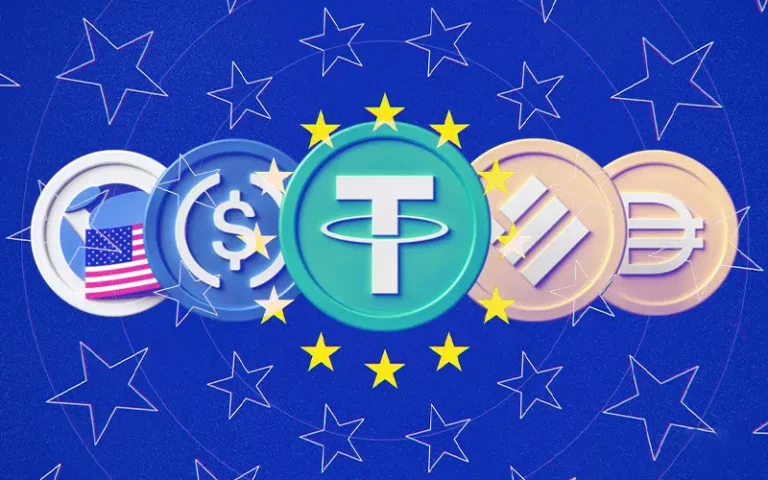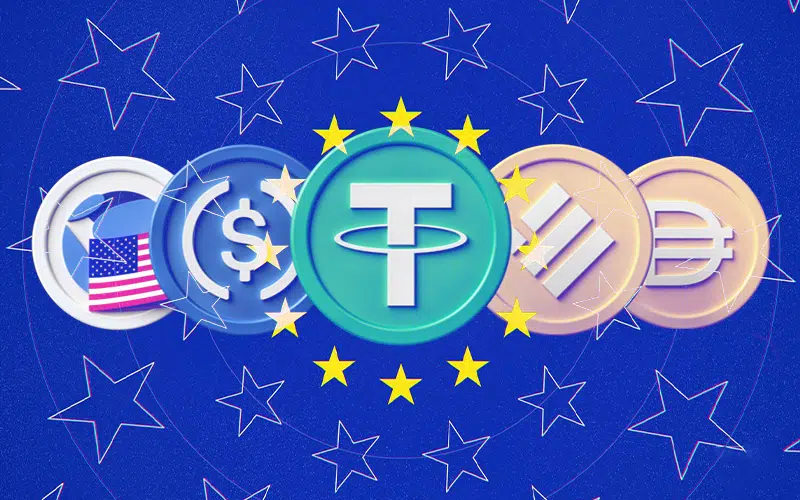
The cryptocurrency market has experienced significant growth and innovation over the past decade, with stablecoins emerging as a popular digital asset class. These cryptocurrencies are designed to maintain a stable value by pegging them to a reserve asset such as a fiat currency or a commodity. However, recent developments in Europe have raised concerns among crypto enthusiasts. While MiCA (Markets in Crypto-Assets) is considering imposing a cap of $216 million per day on stablecoin transactions, some voices within the industry have called for the European Union (EU) to review these rules in order to prevent any potential negative impact on the crypto market.

Understanding MiCA and its Proposed Regulations
MiCA is a regulatory framework proposed by the European Commission to establish a comprehensive set of rules for the issuance and operation of crypto-assets within the EU. Its main objective is to provide legal clarity and consumer protection, while also fostering innovation and promoting market integrity. One of the key aspects of MiCA is the regulation of stablecoins, which have gained significant popularity due to their ability to offer stability in an otherwise volatile market.
Under the proposed regulations, stablecoin issuers would be required to obtain authorization from the appropriate EU authorities. Additionally, stablecoins that exceed a certain threshold would be subject to more stringent regulatory requirements. MiCA aims to strike a balance between promoting innovation and protecting investors, as well as addressing potential risks associated with stablecoins, such as money laundering, market manipulation, and consumer protection.
The Potential Impact of Capping Stablecoin Transactions
While MiCA’s intentions to regulate stablecoins are understandable, the proposed cap of $216 million per day on stablecoin transactions has raised concerns among crypto market participants. This limit could potentially hinder the growth and development of the stablecoin market within the EU. Stablecoins have become an integral part of the crypto ecosystem, enabling users to transact and store value with reduced exposure to volatility.
The proposed cap may restrict liquidity and limit the utility of stablecoins, making them less attractive for users and businesses. It could also impede the ability of stablecoin issuers to meet the demands of the market effectively. Furthermore, by imposing such a limit, the EU risks falling behind other jurisdictions that have embraced the potential of stablecoins and have created a favorable environment for their adoption.
Calls for EU to Review Rules and Avoid Shrinking Crypto
Given the potential negative consequences of capping stablecoin transactions, some voices within the crypto industry have called for the EU to reevaluate the proposed regulations. They argue that a more balanced approach is needed to foster innovation while still addressing regulatory concerns. Instead of imposing arbitrary limits, the focus should be on establishing robust compliance frameworks that ensure transparency, accountability, and consumer protection.
Proponents of this view highlight the need for the EU to carefully consider the long-term implications of its regulatory decisions. By nurturing a supportive environment for the crypto industry, the EU can position itself as a global leader in digital innovation, attracting investments and driving economic growth. Restrictive regulations, such as the proposed cap on stablecoin transactions, could lead to stifled innovation and the relocation of crypto businesses to more crypto-friendly jurisdictions.